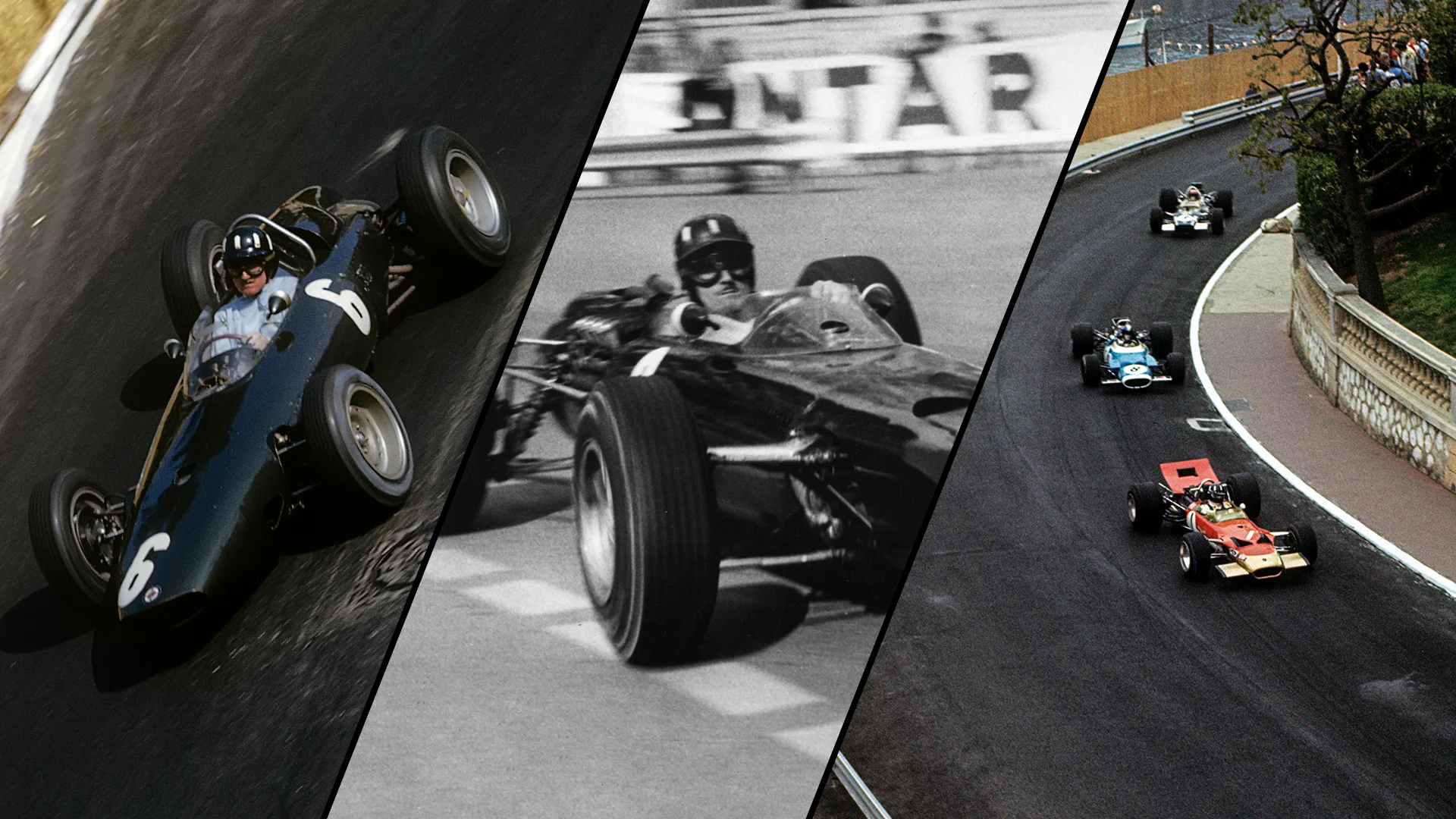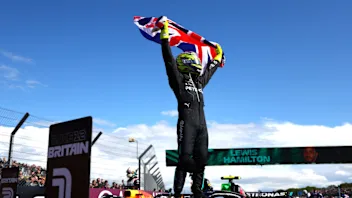MR MONACO: How Graham Hill mastered the streets of Monte Carlo


This week marks 60 years since Graham Hill took the first of his five victories in Monaco across a trophy-filled F1 career. To mark the occasion, we look back at that sequence of wins during the 1960s and how he earned the title of ‘Mr Monaco’ alongside his two world titles…
1963 – Hill’s breakthrough Monaco win
Hill had been on course to chalk up a maiden Monaco Grand Prix victory in 1962, hauling his BRM past Cooper rival Bruce McLaren early on and leading most of the then 100-lap encounter until an engine failure inside the final 10 tours – handing back the advantage, and victory, to the New Zealander.
Next Up
Related Articles
 Quiz10 quiz questions on British F1 World Champions
Quiz10 quiz questions on British F1 World Champions/TEAM%20PREVIEWSHALF%20TERM%20REPORTS%20DISPLAY%20V1%20(13).webp) End Of Year Reports 2025Racing Bulls’ best and worst moments from 2025
End Of Year Reports 2025Racing Bulls’ best and worst moments from 2025 F1 CEO Domenicali reflects on 'phenomenal' 2025
F1 CEO Domenicali reflects on 'phenomenal' 2025.webp) End Of Year Reports 2025Kick Sauber’s best and worst moments from 2025
End Of Year Reports 2025Kick Sauber’s best and worst moments from 2025.webp) End Of Year Reports 2025Alpine’s best and worst moments from 2025
End Of Year Reports 2025Alpine’s best and worst moments from 2025 Mekies on ‘very difficult’ decision to demote Tsunoda
Mekies on ‘very difficult’ decision to demote Tsunoda
